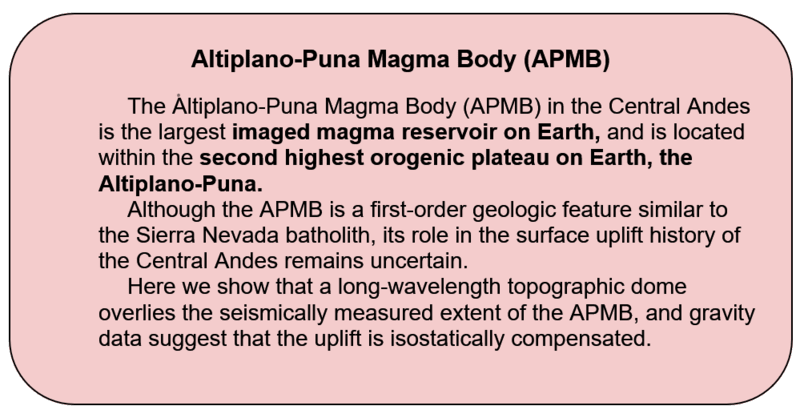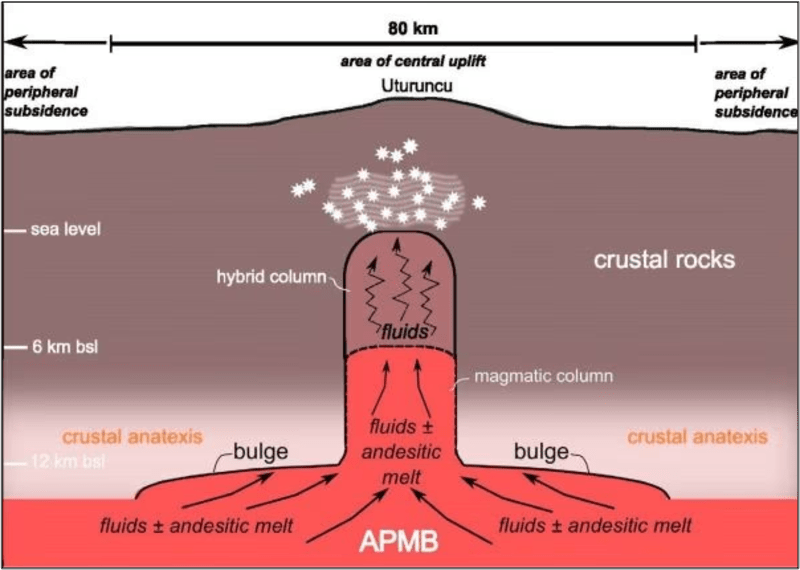News Excerpt
Recently, a state of emergency has been declared in Iceland, after a swarm of 800 earthquakes rocked the island country’s southwestern Reykjanes peninsula.
Key Points
- Around 1,400 earthquakes were measured one day, and over 24,000 have been recorded in the peninsula since late October to November 2023.
- The most powerful of these quakes had a magnitude of 5.2, and hit about 40 km from Reykjavík, Iceland’s capital and over 24,000 have been recorded in the peninsula since late October.
What is happening in Iceland?
- Iceland is located on the Mid-Atlantic Ridge, technically the longest mountain range in the world, but on the floor of the Atlantic Ocean.
- The ridge separates the Eurasian and North American tectonic plates — making it a hotbed of seismic activity.
- On average, Iceland experiences around 26000 earthquakes a year according to Perlan, a Reykjavik-based natural history museum.
- Most of them are imperceptible and unconcerning.
- But sometimes, a swarm of earthquakes — a sequence of mostly small earthquakes with no identifiable mainshock — is a troubling precursor to a volcanic eruption.

How can earthquake swarms be portents for volcanic activity?
- Deep under the Earth’s surface, intense heat melts rocks to form magma, a thick flowing substance lighter than solid rock.
- This drives it upwards and most of it gets trapped in magma chambers deep underground.
- Over time, this viscous liquid cools and solidifies once again. However, a tiny fraction erupts through vents and fissures on the surface, causing volcanic eruptions.
- The movement of magma close to Earth’s surface exerts force on the surrounding rock, which often causes earthquake swarms.
- The underground movement of magma does not necessarily lead to an eruption. But closer it gets to the surface, more likely an eruption is, and more frequent symptomatic earthquake swarms.

Volcanic eruption in Iceland
- Fagradalsfjall lies about 40 km to the southwest of Reykjavík and is the “world’s newest baby volcano.”
- It had been dormant for eight centuries before erupting in 2021, 2022 and 2023.
- Since the 2021 eruption, tourists from across the world have swarmed to Fagradalsfjall to catch a glimpse of molten lava flowing gushing onto Earth’s surface.
- According to IMO, a considerable amount of magma is moving in an area extending from Sundhnjúkagígum in the north towards Grindavík.
- In its most recent statement, IMO stated that this “poses a serious volcanic hazard”, with the magma, at its shallowest depth just north of Grindavík, being just “800 m under Earth’s surface”.
- Grindavík, a town of 4,000 on Iceland’s southern coast lies about 10 km from the site of the previous Fagradalsfjall eruptions.
Active volcanoes in Iceland
- Currently, it boasts of 33 active volcanoes which have erupted over 180 times in the past 1,000 years.
- According to United States Geological Service, active volcanoes are those which have “erupted within the Holocene (the current geologic epoch, which began at the end of the most recent ice age about 11,650 years ago),” or which have “the potential to erupt again in the future.”
- One of Iceland’s most famous volcanoes is Eyjafjallajökull. In 2010, this volcano erupted and caused a massive ash cloud to spread across Europe.
- Other famous volcanoes include Hekla, Grímsvötn, Hóluhraun, and Litli-Hrútur (part of the Fagradalsfjall system).
Conclusion
Earthquakes and volcanic eruptions are linked to each other. Both are natural disasters and cause a lot of destruction all over the world. But due to human activities their intensity is increasing. Therefore, to stop such intense activities, man should also protect nature.
Mains PYQ
Q. Mention the global occurrence of volcanic eruptions in 2021 and their impact on the regional environment. (UPSC 2021)
